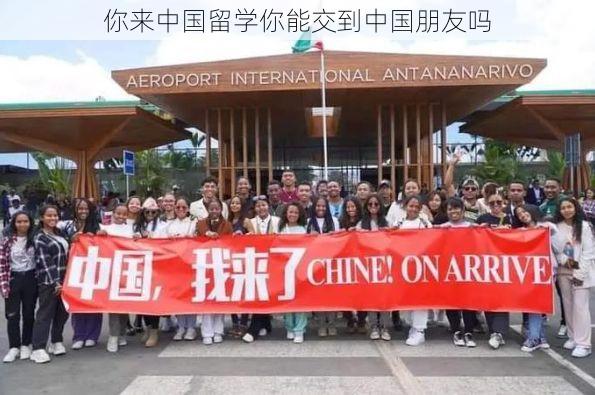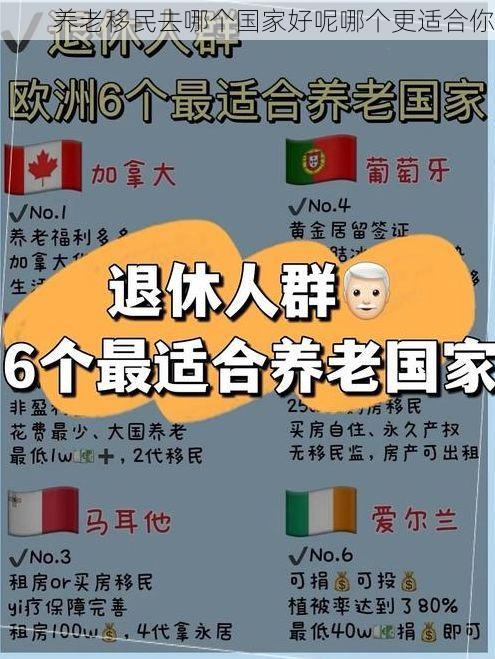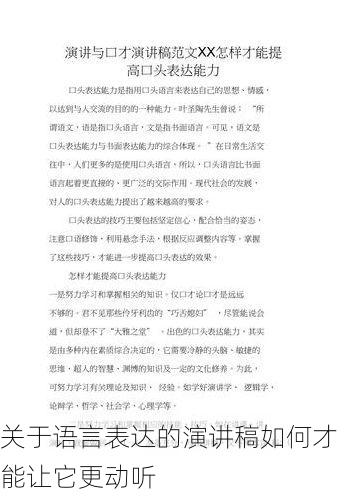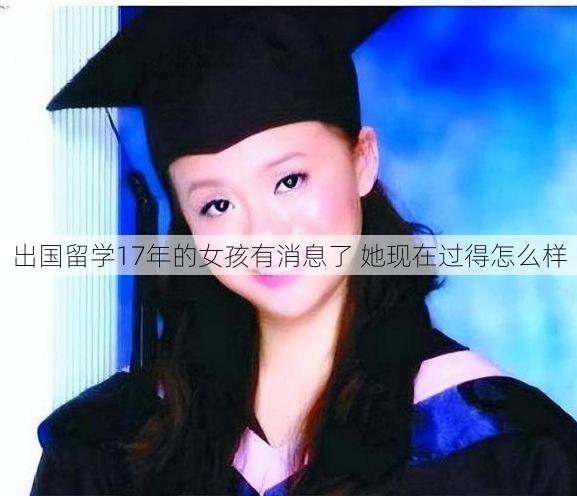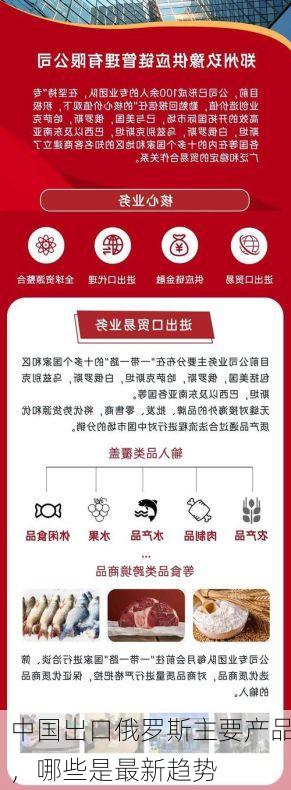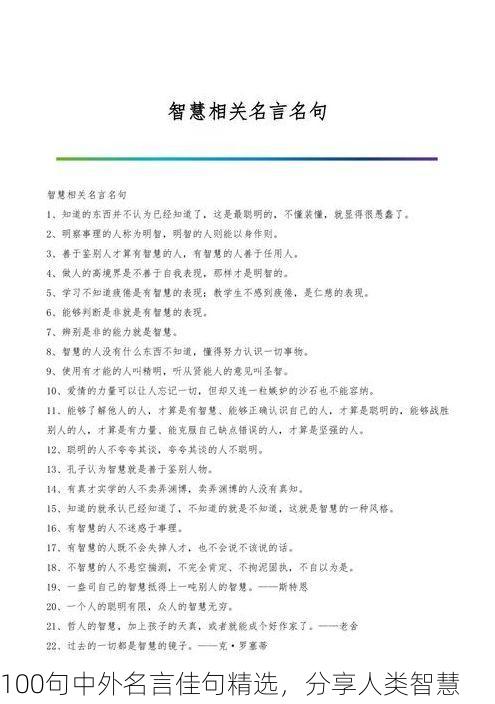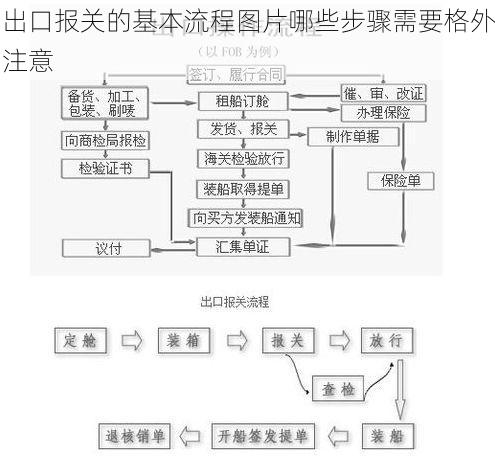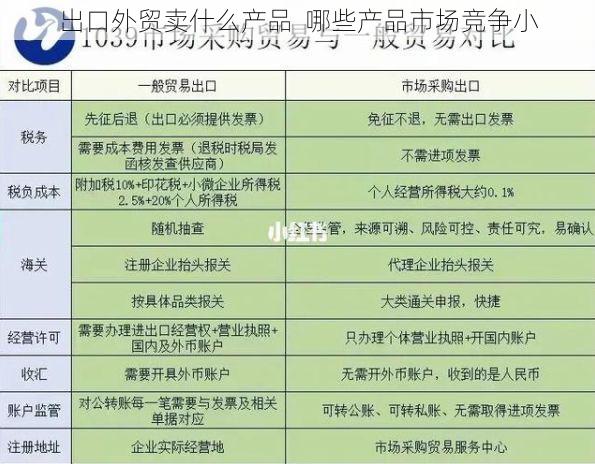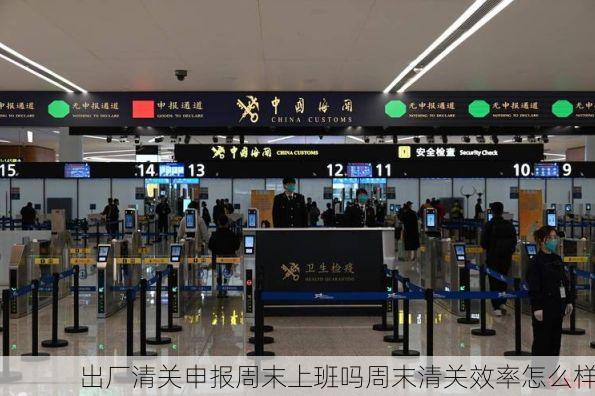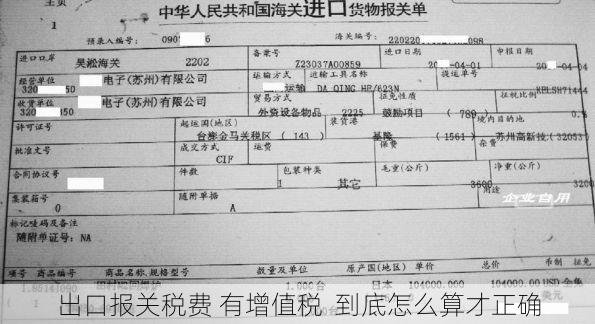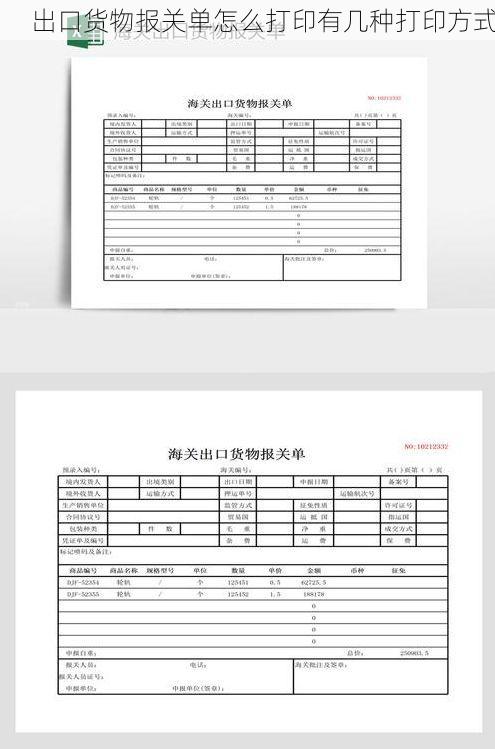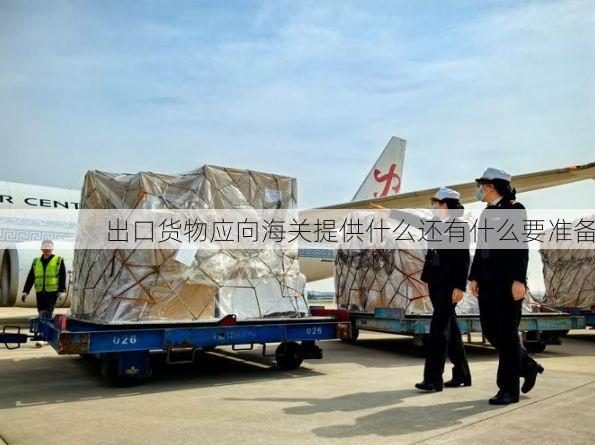Spring Festival, also known as the Lunar New Year, is a vibrant and festive celebration deeply ingrained in the hearts of Chinese people worldwide. It marks the end of winter and the arrival of spring, ushering in a new year filled with hope and joy. This ancient tradition has evolved over centuries, blending rich customs, colorful rituals, and delicious culinary delights, creating an experience that is both unique and unforgettable.
A Glimpse into the History and Significance
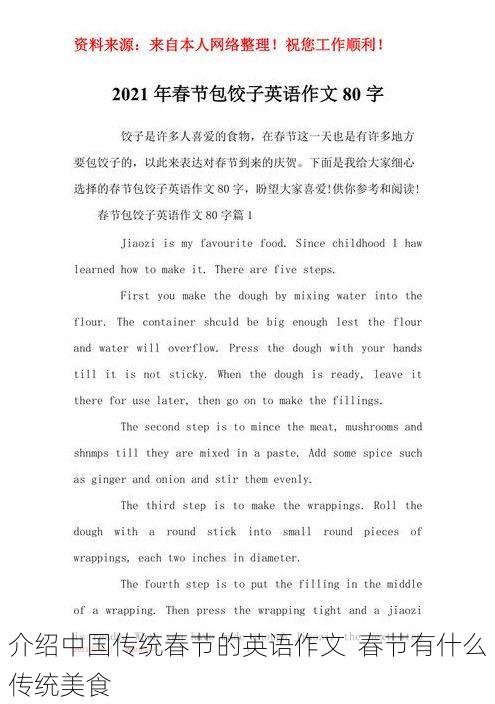
The origins of the Spring Festival can be traced back to ancient China, with its roots intertwined with agricultural practices and reverence for nature. As the calendar shifted from the cold winter months to the promise of spring, people celebrated the rejuvenation of the land and the cycle of life. This festival, initially dedicated to honoring deities and seeking blessings for the coming year, has become a time for family reunions, heartfelt wishes, and cultural expressions.
Key Dates and Customs
The Spring Festival is celebrated on the first day of the Lunar New Year, which typically falls between January 21st and February 20th on the Gregorian calendar. The festivities last for 15 days, culminating in the Lantern Festival, a beautiful display of illuminated lanterns and vibrant celebrations.
The Essence of Tradition:
1. New Year's Eve Feast (Nian Ye Fan): This grand feast brings families together, symbolizing unity and togetherness. The table is laden with a plethora of dishes, each with symbolic meanings.
2. Red Envelopes (Hong Bao): Elders bestow red envelopes filled with lucky money on younger generations, symbolizing good fortune and blessings for the new year.
3. Lion and Dragon Dances: These vibrant performances, imbued with traditional music and vibrant costumes, are believed to bring good luck and ward off evil spirits.
4. Setting off Firecrackers: The loud bangs of firecrackers, traditionally used to scare away mythical beasts, are now primarily a celebratory tradition, adding to the festive atmosphere.
5. Spring Festival Couplets (Chun Lian): These traditional red paper couplets, inscribed with auspicious phrases and calligraphy, are displayed on doors and walls, expressing wishes for good health, prosperity, and happiness.
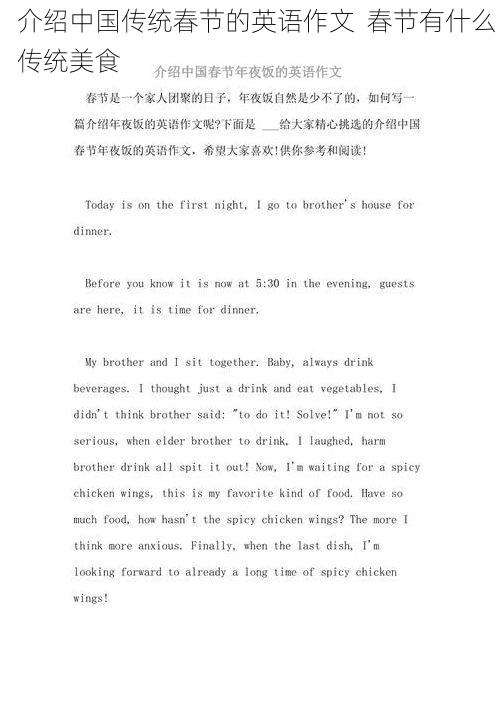
6. New Year's Greetings: Friends and family exchange greetings, offering well wishes and blessings for a prosperous year ahead.
7. Ancestor Worship: Honoring ancestors through offerings and prayers is a significant aspect of the Spring Festival, acknowledging their contributions and seeking their guidance.
A Culinary Journey: Traditional Spring Festival Delicacies
The Spring Festival is an explosion of flavors, with a feast of culinary delights that tantalize taste buds and represent the spirit of the celebration. Here are a few iconic dishes:
| Dish | Description | Significance |
|---|---|---|
| Dumplings (Jiaozi): | These crescent-shaped pockets filled with savory meats, vegetables, and herbs symbolize wealth and prosperity. | The shape resembles ancient Chinese coins, representing good fortune. |
| Spring Rolls (Chun Juan): | Crispy fried rolls filled with various ingredients, often including vegetables and meat, represent good luck and prosperity. | Their golden color symbolizes wealth, and their cylindrical shape signifies unity and togetherness. |
| Fish (Yu): | Whole steamed or braised fish, often served with a sweet and sour sauce, symbolizes abundance and prosperity. | The word "yu" sounds similar to the Chinese word for "surplus," representing an abundance of good fortune in the new year. |
| Tangyuan (Glutinous Rice Balls): | These sweet, chewy balls, typically filled with sesame paste or sweet bean paste, represent family unity and harmony. | The round shape symbolizes wholeness and completeness. |
These are just a few of the many traditional delicacies that make the Spring Festival a culinary adventure. From savory dumplings to sweet glutinous rice balls, every bite tells a story and embodies the richness of Chinese culture.
A Personal Reflection:
The Spring Festival is a time for reflection and renewal. It is an opportunity to reconnect with loved ones, express gratitude, and embrace the promise of a new beginning. As a Chinese person, I hold this tradition close to my heart, cherishing the vibrant memories of childhood celebrations, the heartwarming reunions with family, and the palpable sense of joy that fills the air.
The Legacy of the Spring Festival:
The Spring Festival is more than just a celebration; it is a living testament to the enduring spirit of Chinese culture. It has transcended geographical boundaries, uniting Chinese people across the globe in a shared celebration of their heritage. This tradition continues to evolve, reflecting the dynamic nature of society, yet its core values of family, community, and hope remain steadfast.

Let us celebrate the richness and beauty of the Chinese Spring Festival, embracing its vibrant customs, delicious delicacies, and the spirit of togetherness that it embodies.
A Time of Reflection:
As we approach the new year, take a moment to reflect on the significance of the Spring Festival, its cultural significance, and the traditions that bring us together. What are your favorite memories of this celebration? How does the Spring Festival inspire you to embrace the new year with hope and optimism?

